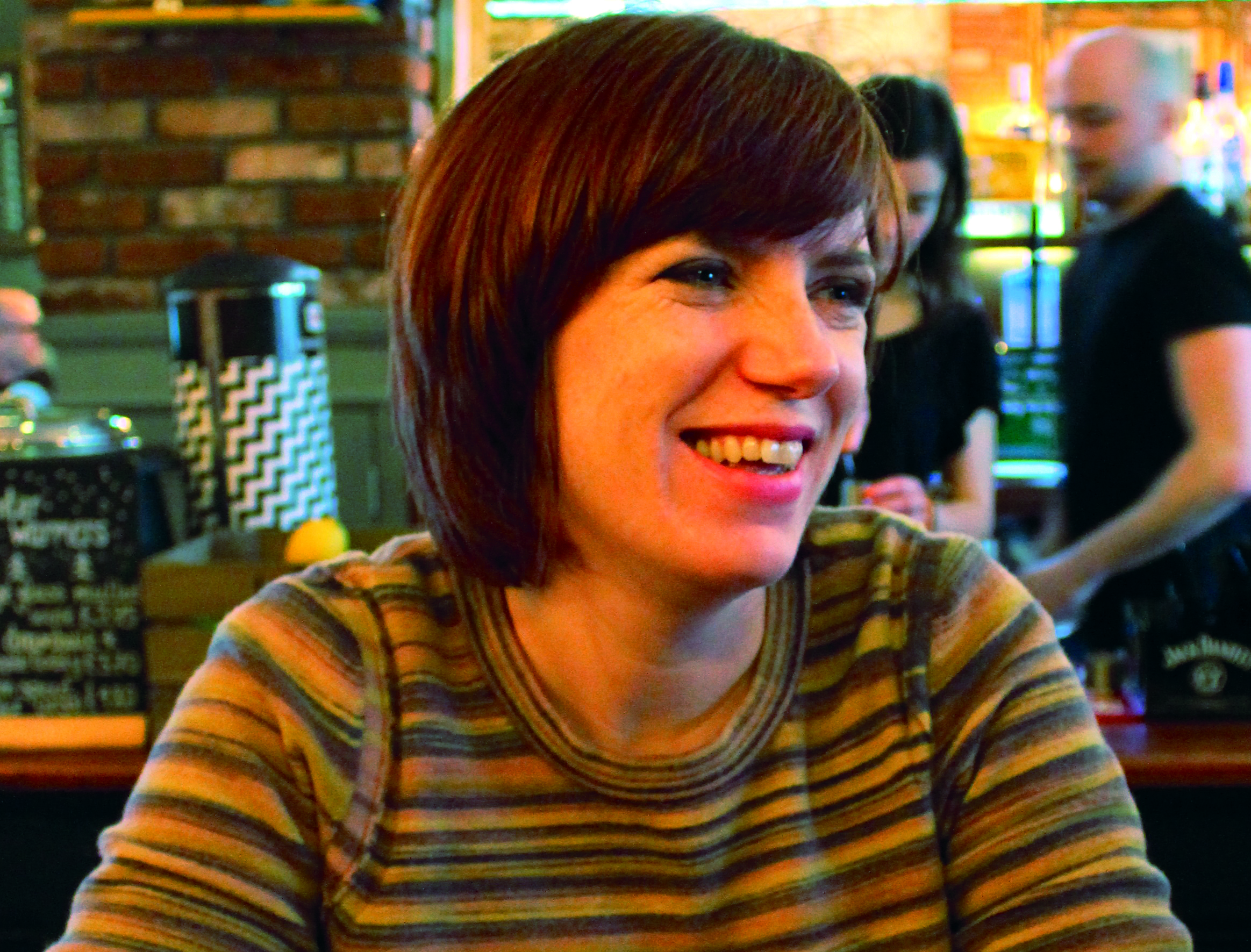Emotion is the key to giving, fundraising conference told
Giving isn't a rational decision, it's emotion that pushes people towards action.
This was the message Sonia Mullineux, digital communications manager for the University of Edinburgh development and alumni, told fundraisers at the Institute of Fundraising Scotland conference.
Mullineux, who works closely with the university's multi-million pound fundraising teams, believes creating a story is central to fundraising.
Using examples from her own experience as well as the #nomakeupselfie and the Stephen Sutton appeal, she explained that creating stories that engage with audiences, are personal, interactive and collaborative can reap rewards for Scottish charities.
The campaign was incredibly powerful because of the number of platforms being used
One particularly powerful example Mullineux highlighted was Troy Library, Michigan, which created a controversial campaign promoting a book burning party to persuade people to vote to keep the library.
The book burning party was promoted across social media platforms and caused an outcry in local and national media before the library revealed that it was behind it.
Mullineux argued that strong, innovative and even shocking stories like this can make the biggest impact and persuade people to act.
"The campaign was incredibly powerful because of the number of platforms being used," she said. "The key thing they were actually concerned about was voter turnout. So, they didn't feel that the town was actually going to vote to close the library, they were worried that people wouldn't vote in the first place.
"Because it was so shocking, another thing that people are nervous about, it became newsworthy in itself and changed the conversation.
"They were able to reclaim the narrative and make it about the library again."
Although there are hundreds of digital tools available, Mullineux argued that charities shouldn't be distracted from creating strong, innovative campaigns by the overwhelming opportunities that digital provides.
She said: "It isn't so ambitious to use different platforms such as Facebook, Twitter and YouTube to create something in a coordinated fashion, if you've got a simple, concise message."







